The upcoming Lotus Evija has appeared on circuit at Goodwood Speedweek, as Hethel gears up to begin customer deliveries next year.
Shown in a gold and black livery reminiscent of the firm's 1970s Formula 1 cars, the 1923bhp EV carried out a parade lap before conducting its first public standing start and completing a lap at speed. The run was not timed, and Lotus will not be attempting to set a lap record over the weekend.
The appearance follows the recent release of a new film revealing further details of the Evija. Timed to coincide with the Evija’s appearance at UK motor show Salon Privé, the clip shows the extreme EV being driven at speed on the company’s Hethel test track and gives us our best look yet at its interior features.
In the footage, director of vehicle attributes Gavan Kershaw explains the Evija’s five driving modes: Range, City, Tour, Sport and Track.
Range and City modes restrict maximum power to around 1000bhp and 590lb ft, with the car defaulting to rear-wheel drive, and City adjusting the level of regenerative braking for a smoother low-speed ride.
Tour mode sees power raised to 1400bhp, and the all-wheel drive system allowing torque vectoring when required. In this mode, the car is still able to activate its nose lift at speeds of up to 30mph. Sport raises the limit further to around 1700bhp and 1254lb ft, with stability control systems engaged to increase traction levels.
Only Track mode boosts power to the maximum 1923bhp, with the highest level of torque-vectoring and drag reduction system (DRS) available to the driver.
In-car cameras provide a glimpse at the car’s cockpit and the battery pack located directly behind the passenger seats. The all-digital instrument binnacle is shown displaying widgets that detail downforce, tyre pressures, energy consumption or lap times, with a control panel in the centre console allowing the driver to toggle through the different screens.
The car is shown with a near-production interior, with some aspects yet to be finalised, but the footage does give a closer look at the rear-view video monitor used in place of a traditional mirror and motorsport-inspired rectangular steering wheel, complete with dials for adjusting drive modes.
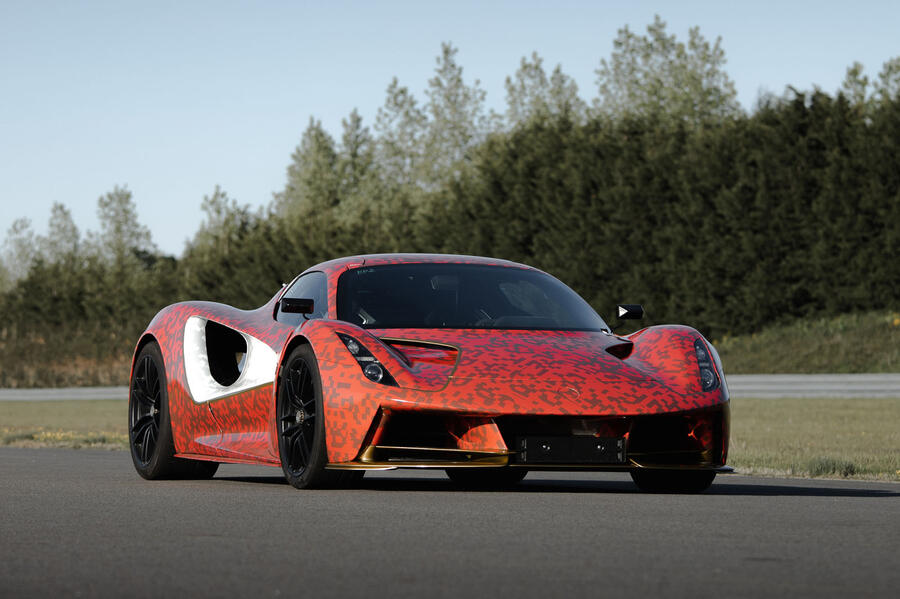




























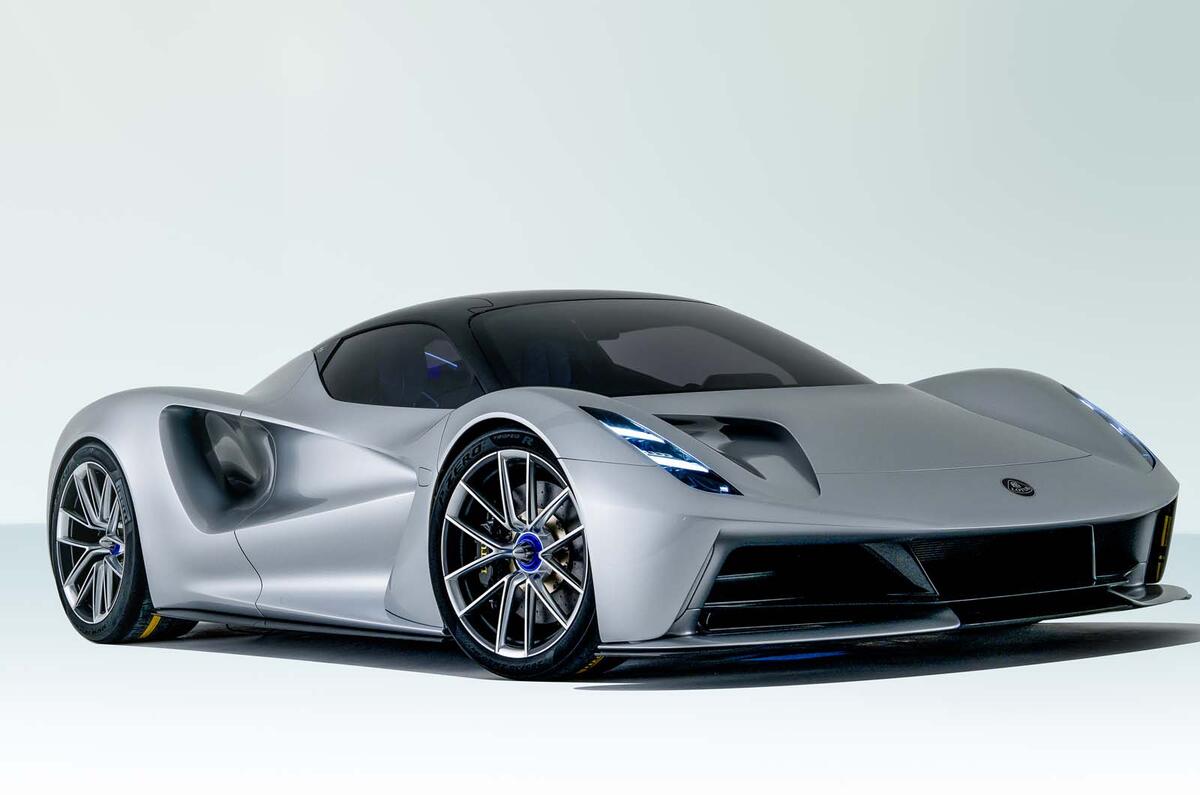





























































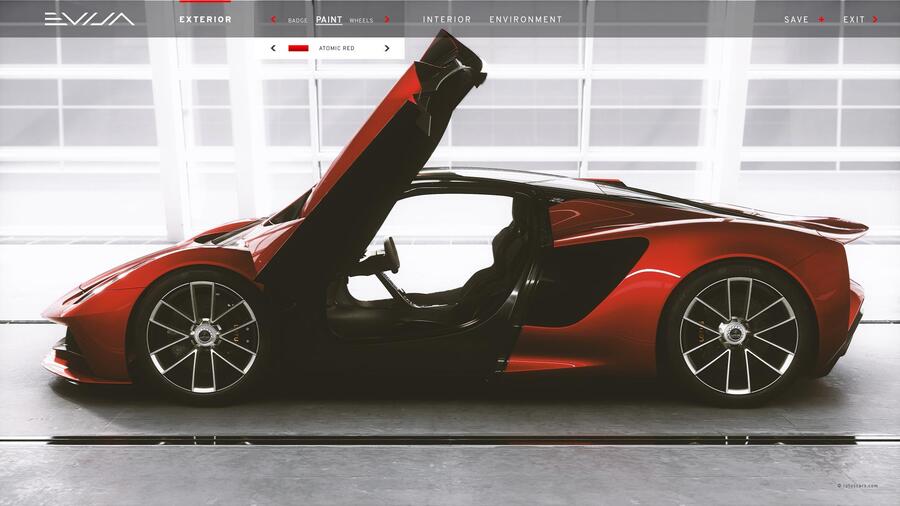
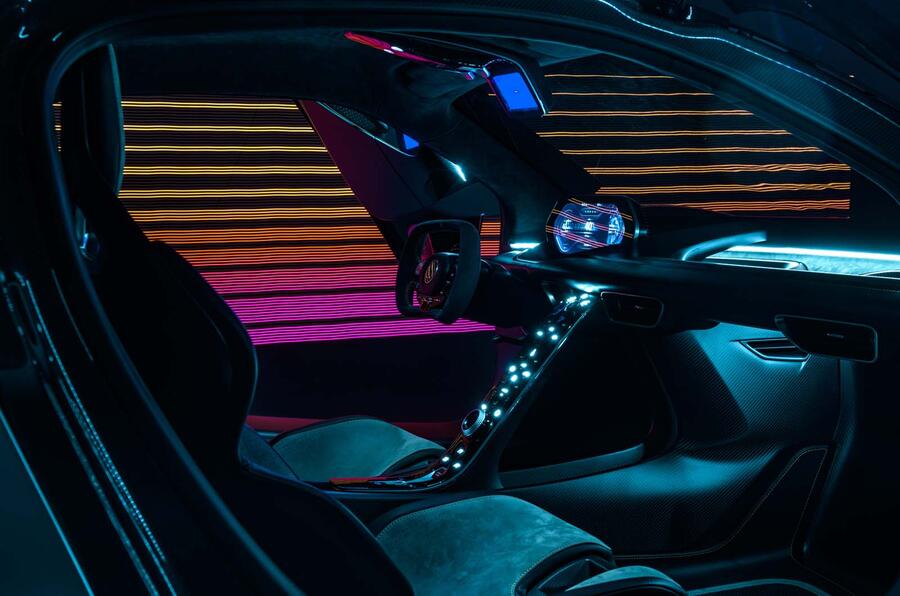
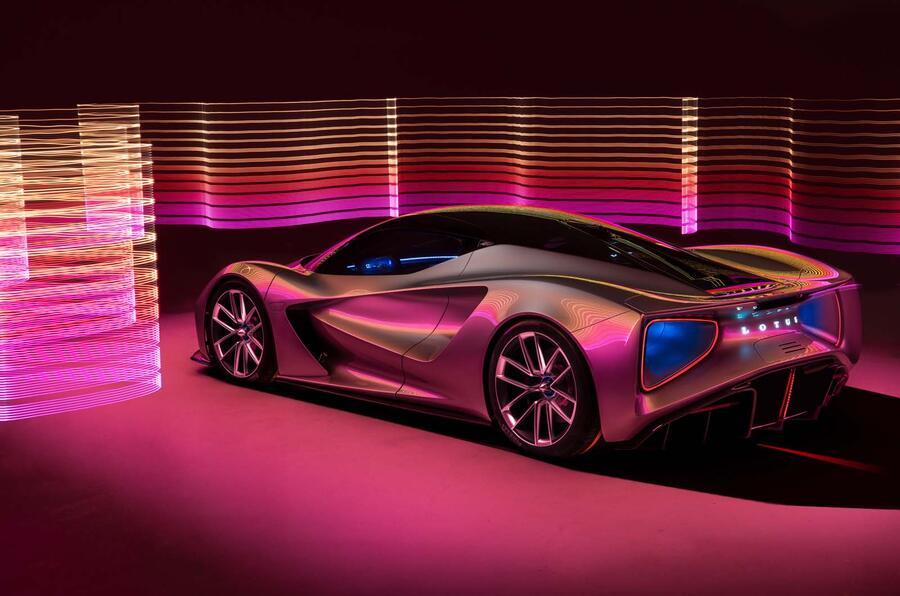
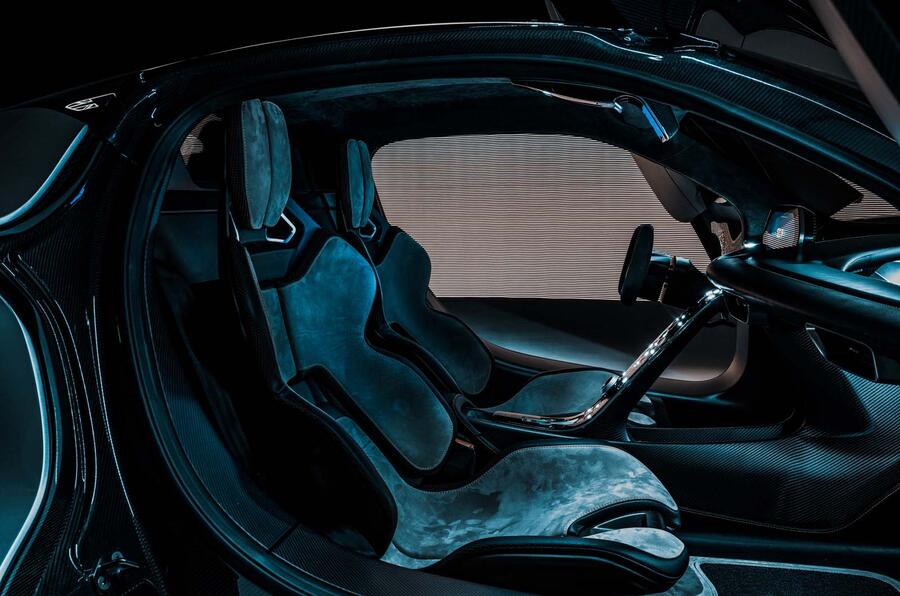
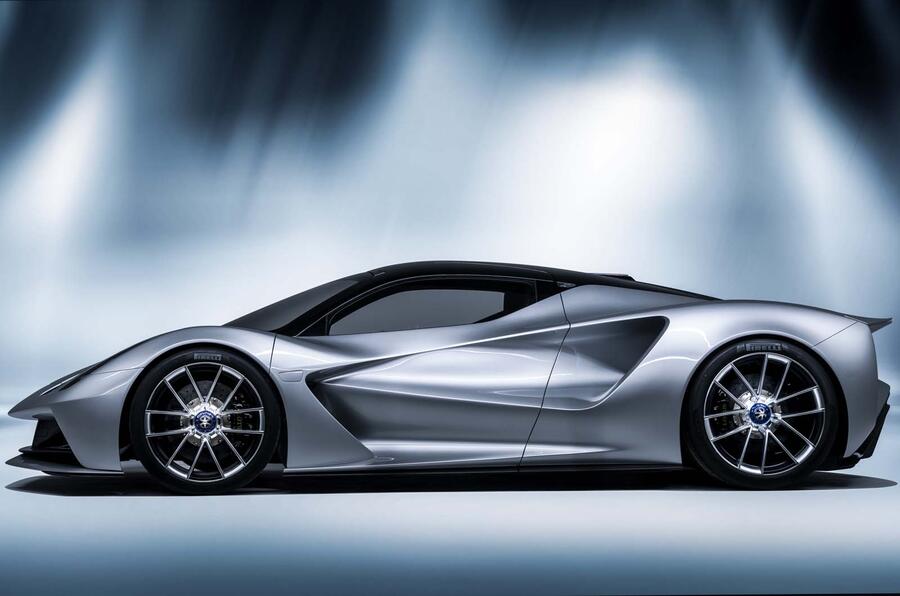

Join the debate
Add your comment
To boldly go.
Yes, in a way , these cars are needed, it can't be cheap to do, to design a car from an idea to car to finding a buyer, and I guess you could say, if it weren't for the well off buying them, then, the everyday stuff we drive might not be so well developed.
fake news
Headline says 2000bhp but it is really only 1932. Where will it end
I make up to $90 an hour